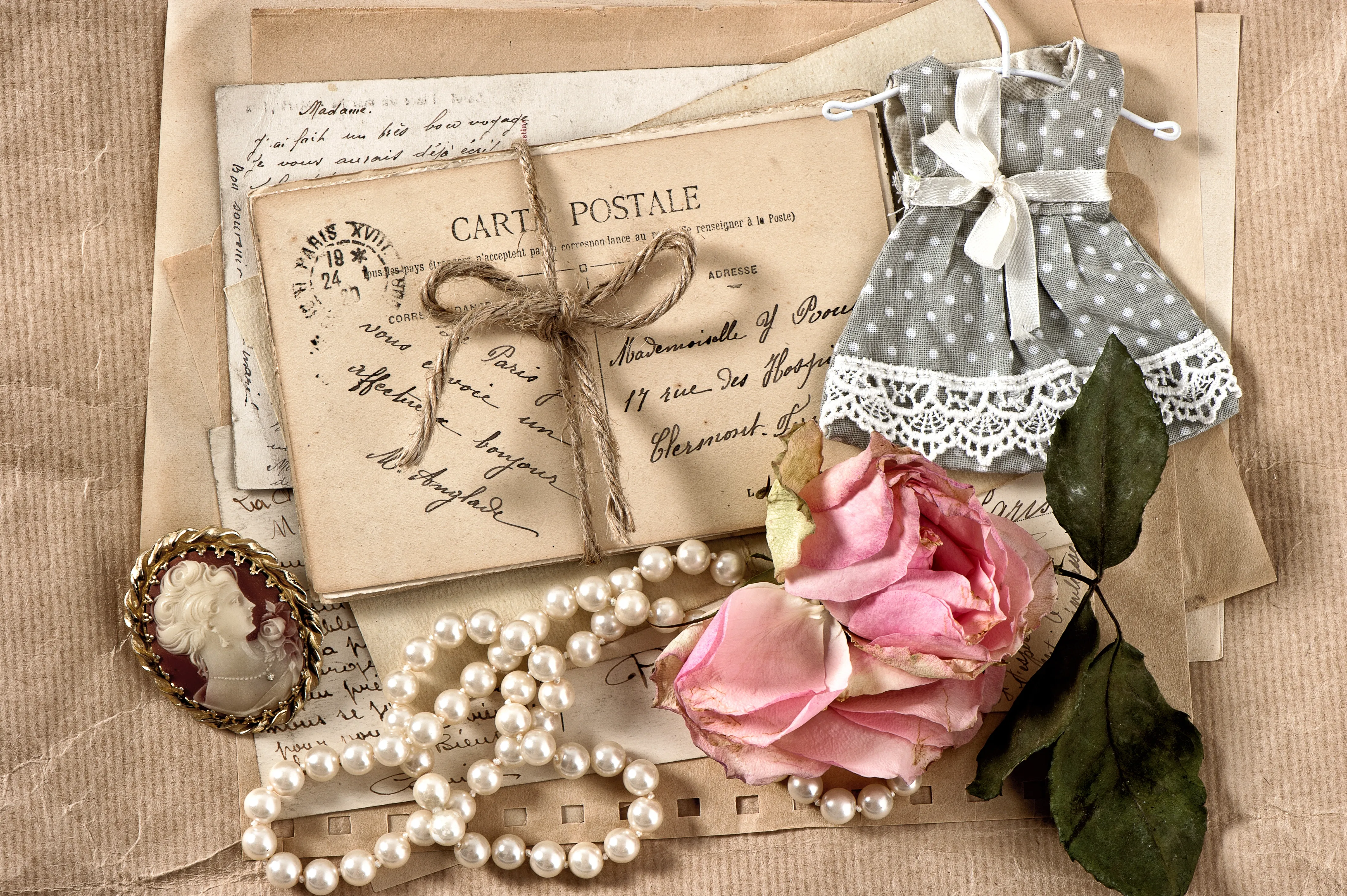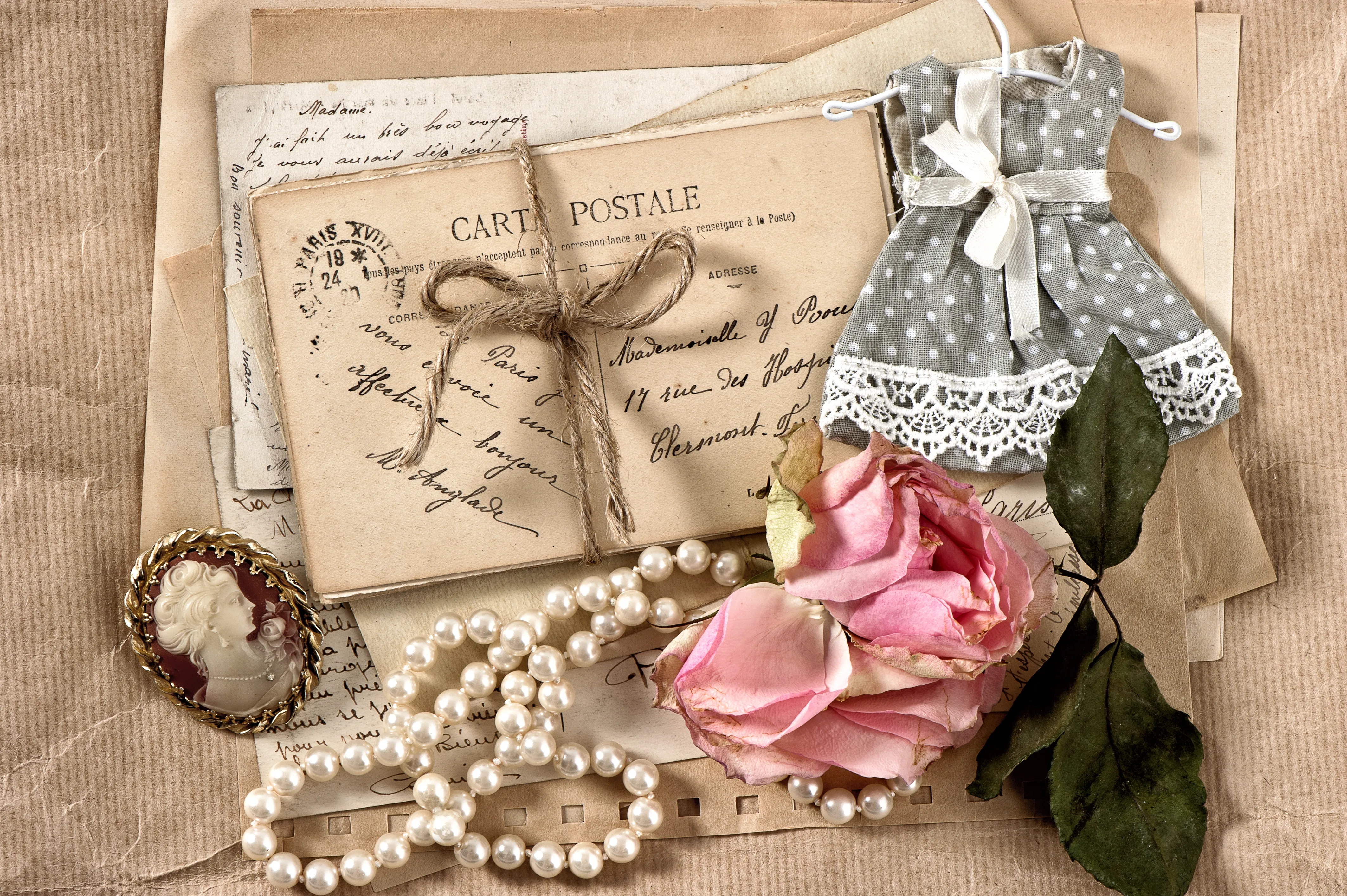
 Organization
OrganizationDecluttering Sentimental Items: A Step-by-Step Guide
Decluttering Sentimental Items: A Step-by-Step Guide to Letting Go Without Regret
Decluttering sentimental items is one of the most challenging aspects of organizing your home. Unlike everyday clutter, sentimental possessions carry memories, emotions, and personal history, making it difficult to part with them. However, holding onto too many sentimental items can lead to overwhelm, disorganization, and even guilt.
This step-by-step guide will help you navigate the emotional journey of decluttering sentimental belongings with care, ensuring you keep what truly matters and let go of the rest without regret.
Why Is It Hard to Let Go of Sentimental Items?
Decluttering sentimental belongings is difficult because they hold emotional significance. Here are some common reasons people struggle with letting go:
- Fear of losing memories – We worry that getting rid of an item means forgetting the person, place, or experience it represents.
- Guilt – Gifts, inherited items, or things connected to lost loved ones may bring guilt when considering letting them go.
- Obligation – We feel responsible for keeping family heirlooms, even if they don't bring us joy.
- Identity attachment – Some items represent achievements, past experiences, or relationships that shaped who we are today.
- Scarcity mindset – We believe we won’t be able to replace an item if we change our mind later.
Understanding why you struggle with letting go can help you address the emotional barriers before you begin decluttering.
Step 1: Define Your Purpose and Goals
Before sorting through sentimental belongings, clarify why you want to declutter. Ask yourself:
- What do I want to achieve? (Less clutter, a more peaceful home, space for new memories?)
- How do I want to feel after decluttering? (Relieved, free, more in control?)
- Which sentimental items truly bring me joy?
Writing down your goals will help keep you focused and motivated throughout the process.
Step 2: Gather Sentimental Items in One Place
Instead of decluttering sentimental items randomly, collect them in one spot. This allows you to see the volume of items you own and make thoughtful decisions.
Tips for Gathering Items:
- Start with a manageable category (e.g., letters, souvenirs, or childhood keepsakes).
- Bring everything together, but don’t rush the decision-making process.
- If an item sparks strong emotions, take a deep breath and remind yourself of your goals.
Step 3: Sort Into Categories
Once you’ve gathered your sentimental items, sort them into categories. This helps you evaluate which types of keepsakes you have the most of and which ones hold the most meaning.
Common Categories of Sentimental Items:
- Photos & Albums
- Letters & Cards
- Childhood Memorabilia
- Gifts & Souvenirs
- Inherited Items & Heirlooms
- Trophies & Certificates
- Wedding & Relationship Keepsakes
Sorting by category allows you to compare similar items and decide which ones are most meaningful.
Step 4: Use the "Joy Test" and the "Memory Check"
Once sorted, evaluate each item using these two tests:
1. The Joy Test
Ask yourself:
- Does this item make me happy when I see it?
- Do I feel a deep emotional connection to it?
- Would I miss this item if it were gone?
2. The Memory Check
- Is this item the best representation of a cherished memory?
- Can I preserve this memory in another way (e.g., a photo instead of a bulky item)?
If an item fails both tests, it may be time to let it go.
Step 5: Choose What to Keep Mindfully
It’s okay to keep sentimental items, but the key is to be selective. Limit yourself to things that truly enrich your life.
How to Decide What to Keep:
- Keep only what aligns with your decluttering goals.
- Choose the most meaningful representation of a memory (not multiple duplicates).
- Focus on items that bring positive emotions rather than guilt or obligation.
A good rule of thumb is to keep items that fit within a memory box or a small designated space rather than letting them take over your home.
Step 6: Find a Purpose for Items You Let Go
If letting go feels hard, find meaningful ways to part with sentimental belongings:
- Take a photo – If an item holds a memory but is impractical to keep, take a picture of it before donating or discarding.
- Repurpose or upcycle – Turn old t-shirts into a memory quilt or frame special letters instead of keeping them in storage.
- Give to family or friends – If an item has sentimental value but no longer serves you, consider gifting it to someone who will cherish it.
- Donate to charity – Pass on items to people who will appreciate and use them.
- Sell valuable items – If you have antiques or collectibles, selling them to someone who values them can make letting go easier.
Knowing an item is going to a good home makes the process less painful.
Step 7: Organize the Sentimental Items You Keep
Now that you’ve chosen your most meaningful keepsakes, organize them so they are accessible and well-preserved.
Storage Ideas:
- Memory boxes – Use a small, designated box for special keepsakes.
- Digitize old photos & letters – Scan or take pictures to create digital memories.
- Shadow boxes & displays – Showcase select sentimental items in a meaningful way.
- Albums & scrapbooks – Organize photos and letters creatively.
When sentimental items are neatly stored, they bring joy instead of clutter.
Step 8: Let Go Without Regret
Saying goodbye to sentimental items can be emotional, but remind yourself of these key points:
- You are not throwing away memories—just objects.
- The most important memories live in your heart and mind.
- Letting go of clutter makes space for new experiences.
- You are in control of what truly matters in your life.
If guilt arises, reassure yourself that you have honored the item and the memory it represents before letting it go.
Step 9: Create a New Habit for Managing Sentimental Clutter
To prevent sentimental clutter from building up again, establish habits to manage keepsakes moving forward:
- Set a limit on how many sentimental items you keep.
- Take a photo instead of keeping everything.
- Declutter regularly instead of waiting for it to become overwhelming.
- Be intentional about new keepsakes—only keep what truly matters.
Creating a habit of mindful decluttering will keep your space clutter-free without sacrificing cherished memories.
FAQs About Decluttering Sentimental Items
1. What if I regret letting go of something?
Take photos before letting go. If you later regret it, remind yourself of your reasons for decluttering and focus on the space you’ve gained.
2. How do I deal with guilt when letting go of gifts?
A gift’s purpose was to bring joy at the time it was given. If it no longer serves you, it’s okay to let it go guilt-free.
3. What should I do with old letters and cards?
Keep only the most meaningful ones, digitize others, or repurpose them in a scrapbook.
4. How can I declutter heirlooms without upsetting family?
Discuss with family members—someone else may want the item. If not, you’re not obligated to keep it.
5. Is it okay to keep some sentimental clutter?
Yes! The goal isn’t to eliminate all sentimental items but to keep only those that truly bring joy.
6. How often should I declutter sentimental items?
Revisit your keepsakes once a year to ensure they still hold meaning.
Letting go of sentimental items doesn’t mean losing memories—it means creating space for what truly matters. By decluttering mindfully, you can cherish the past while making room for the future.
Get the right storage space before it’s gone! Call 1-800-457-5678 or use our Storage Calculator to reserve your ideal unit today.



